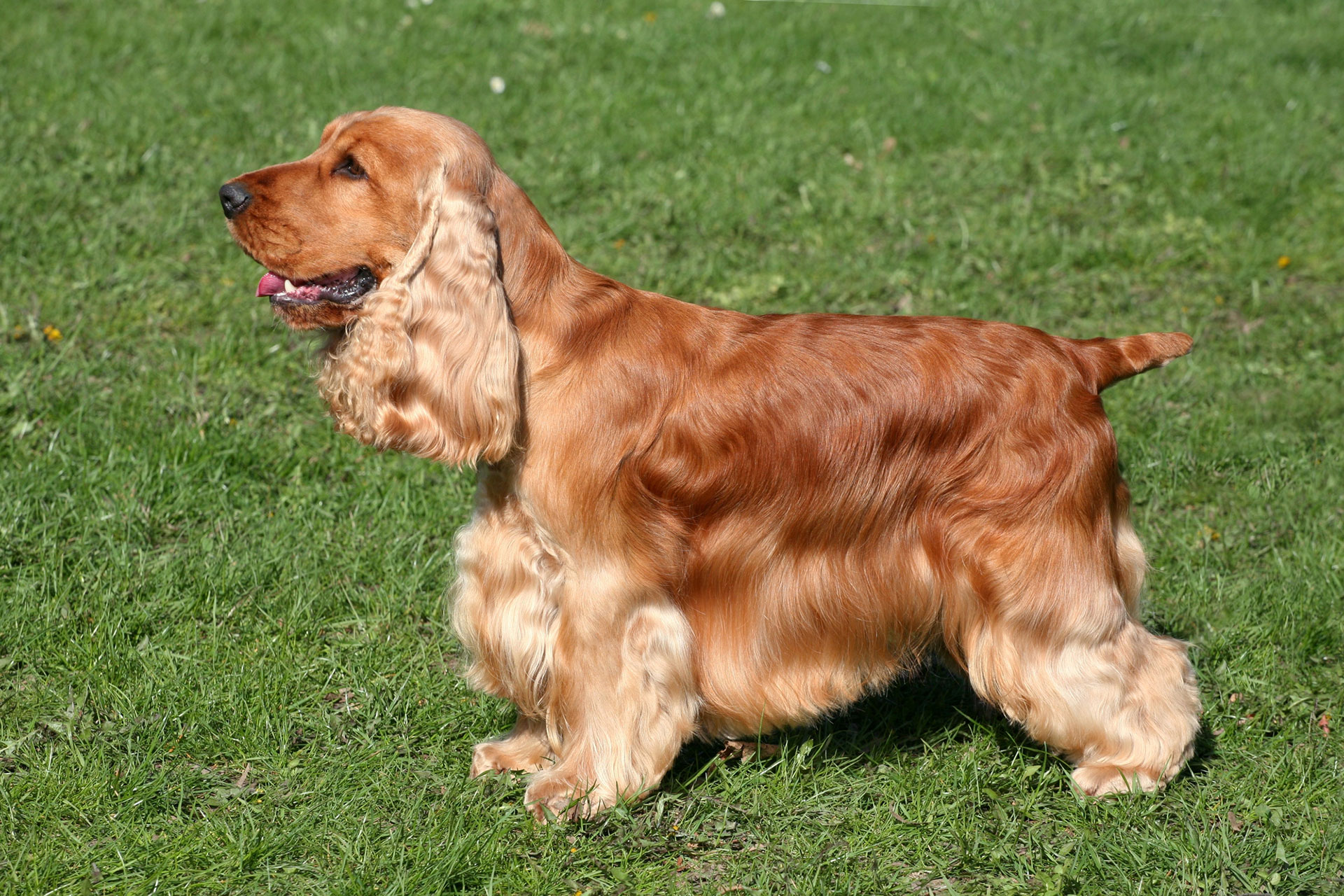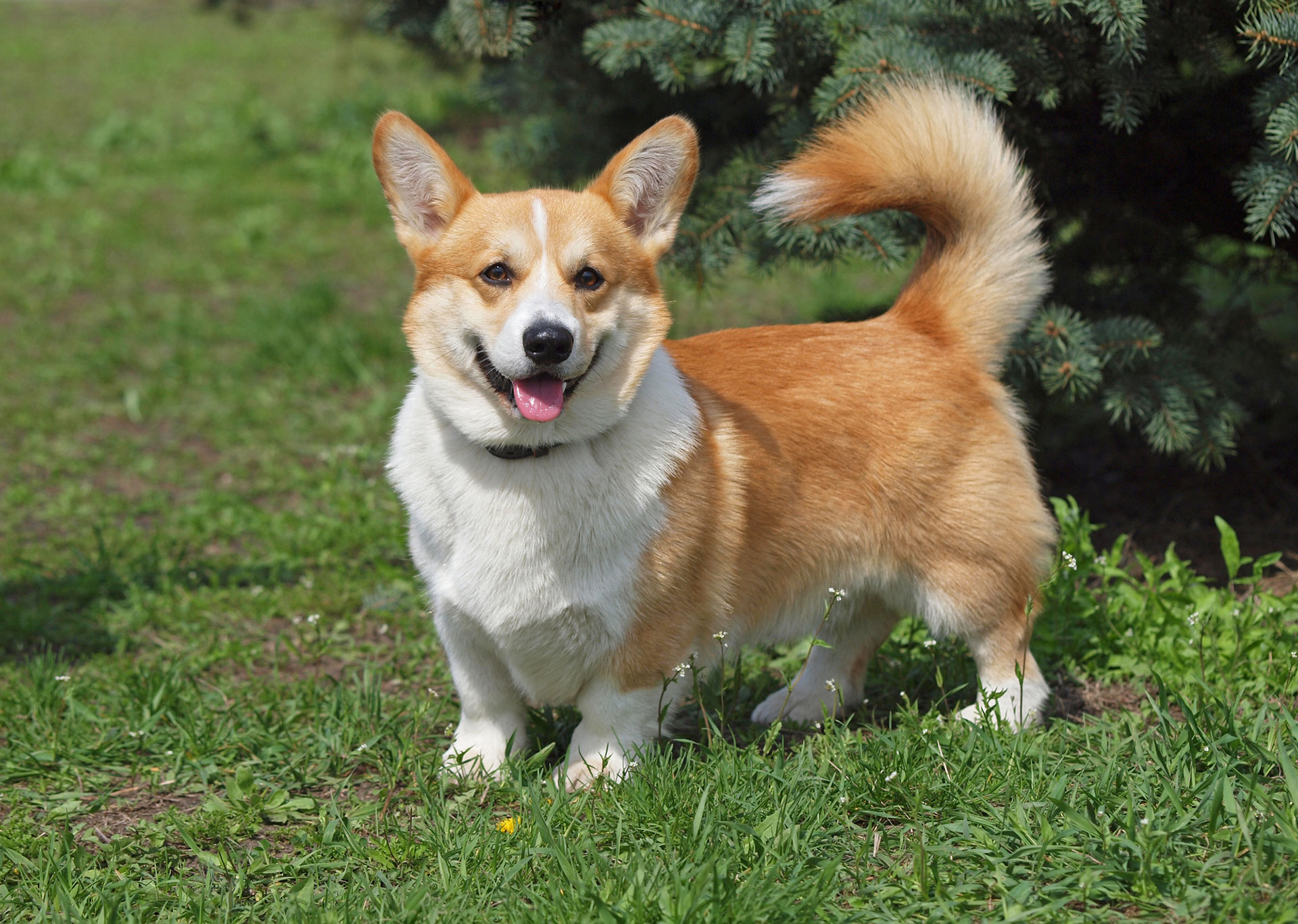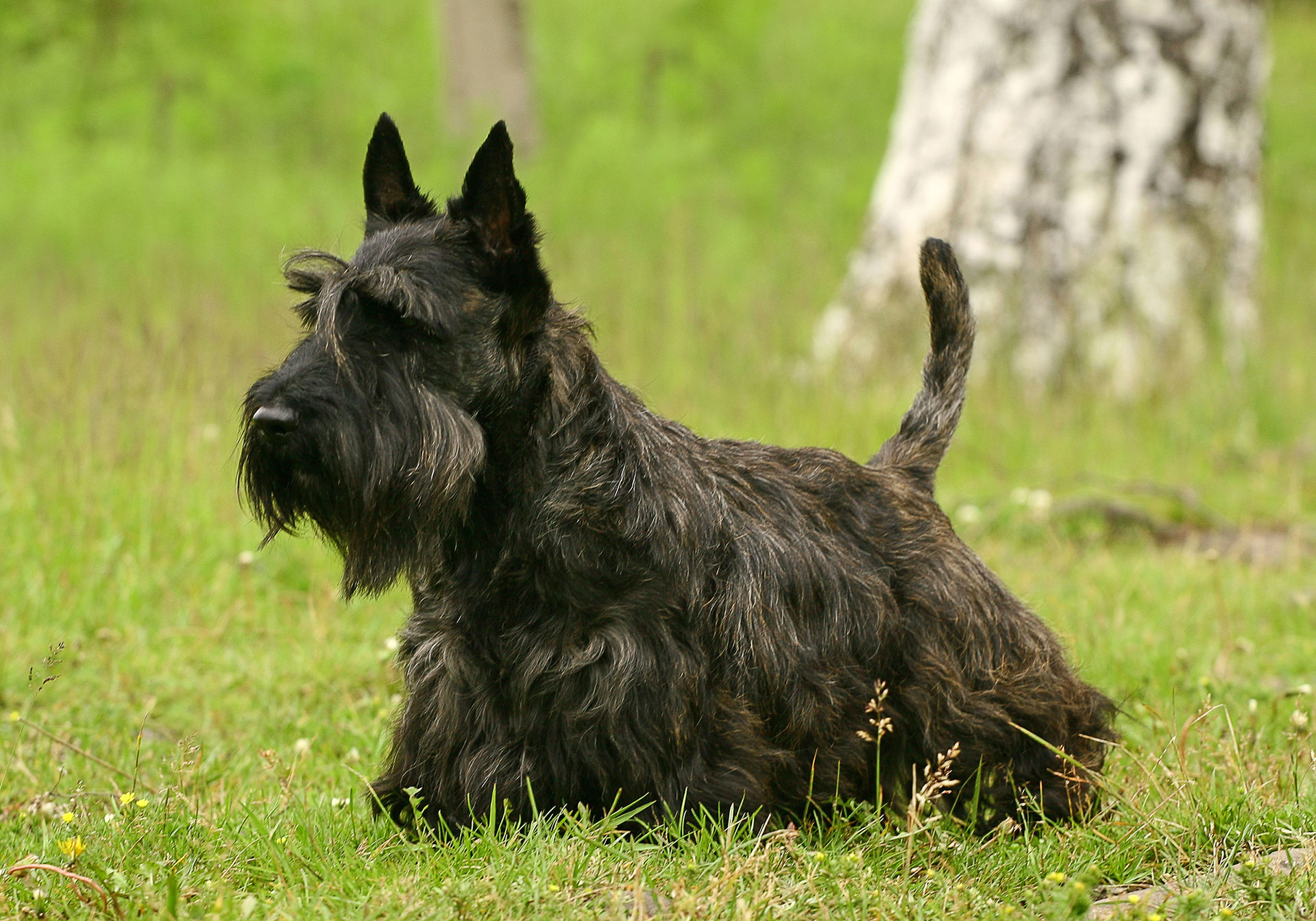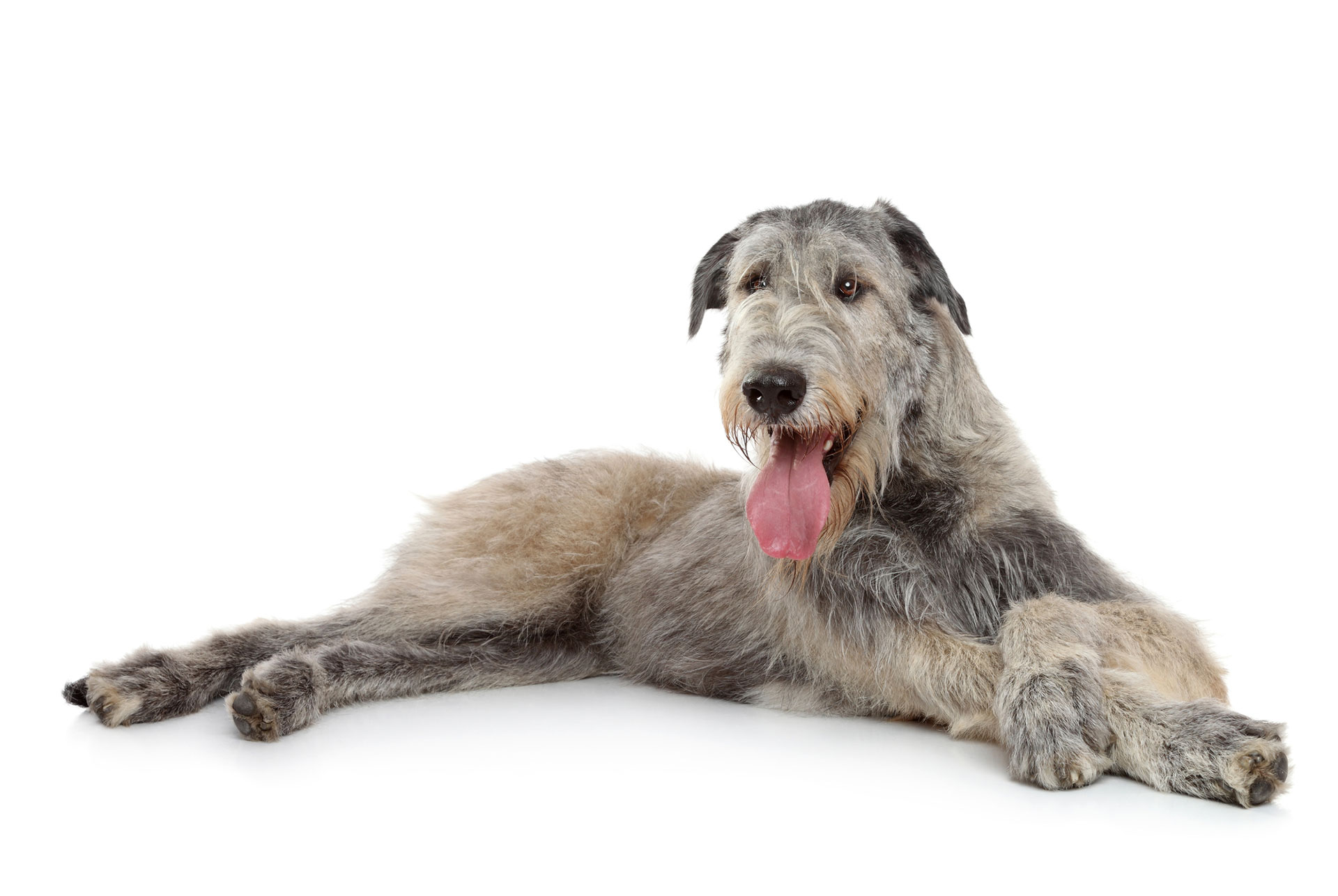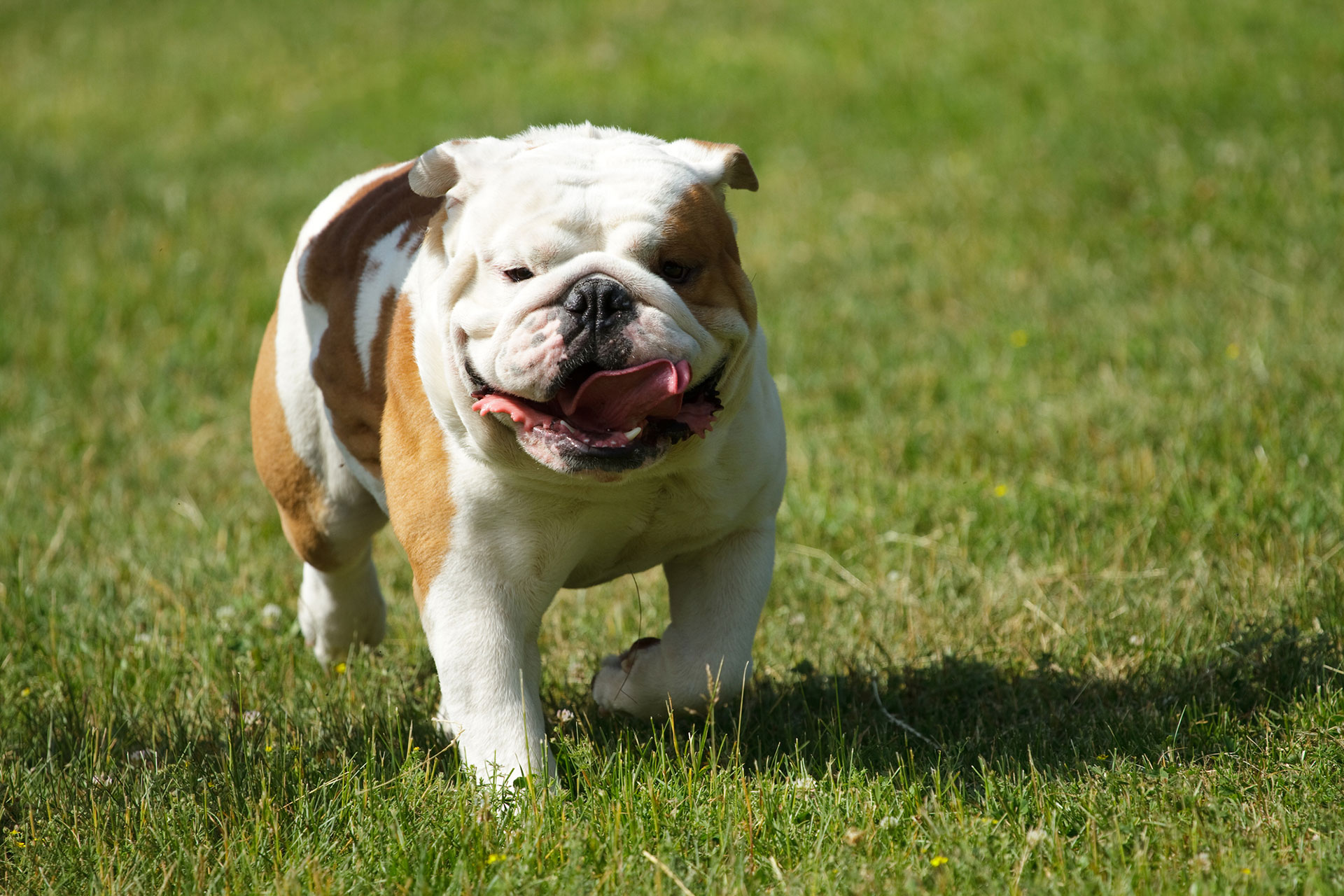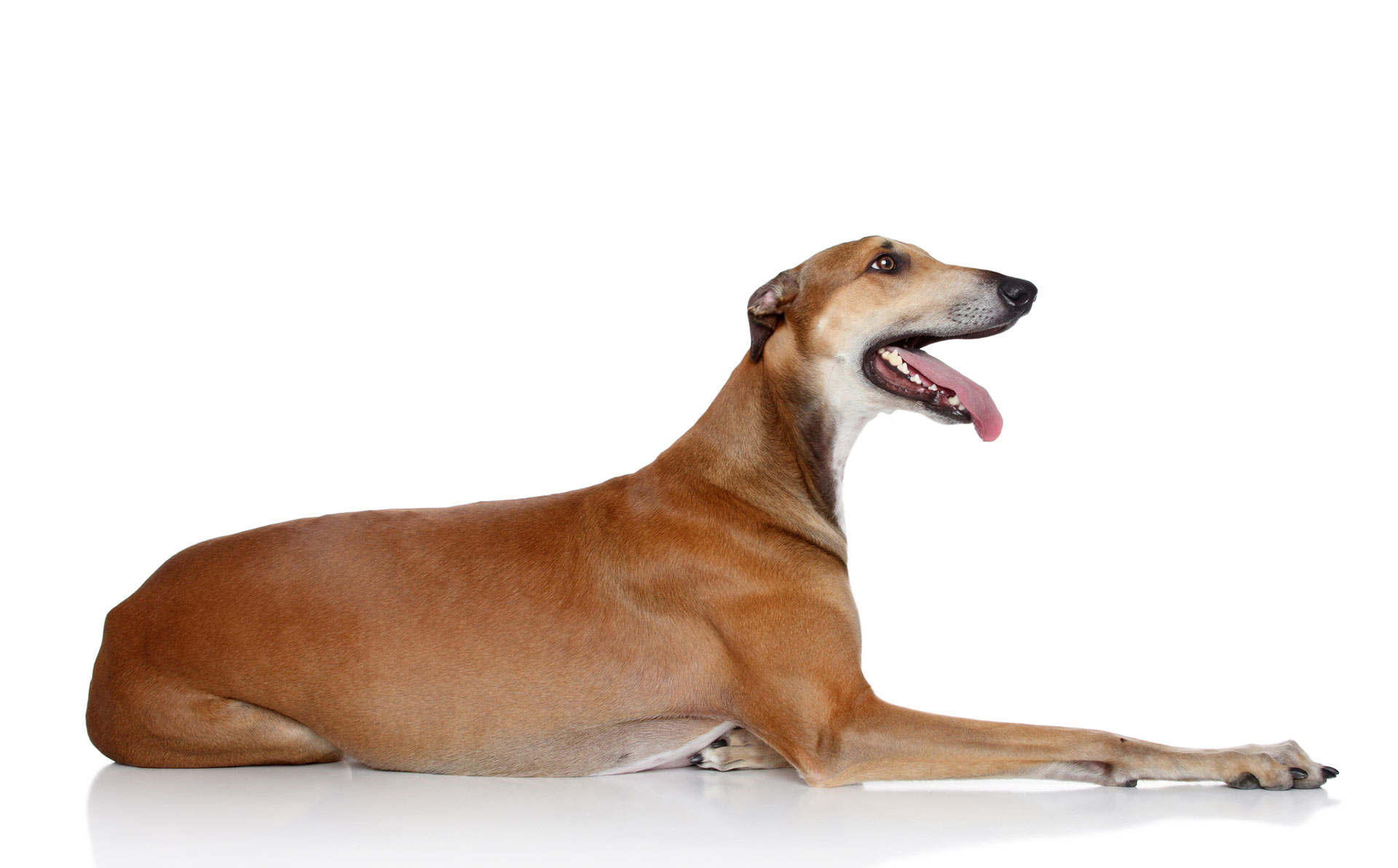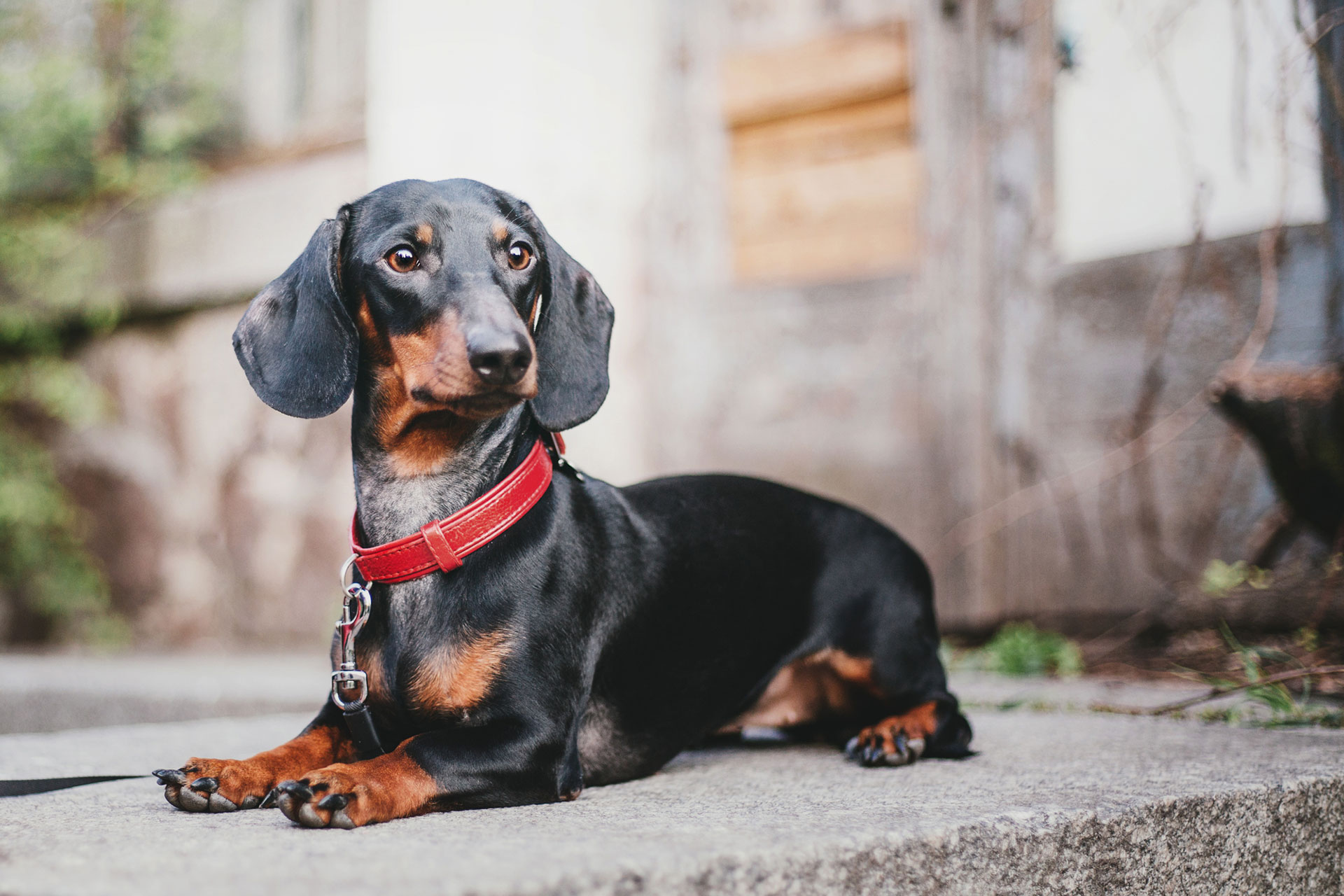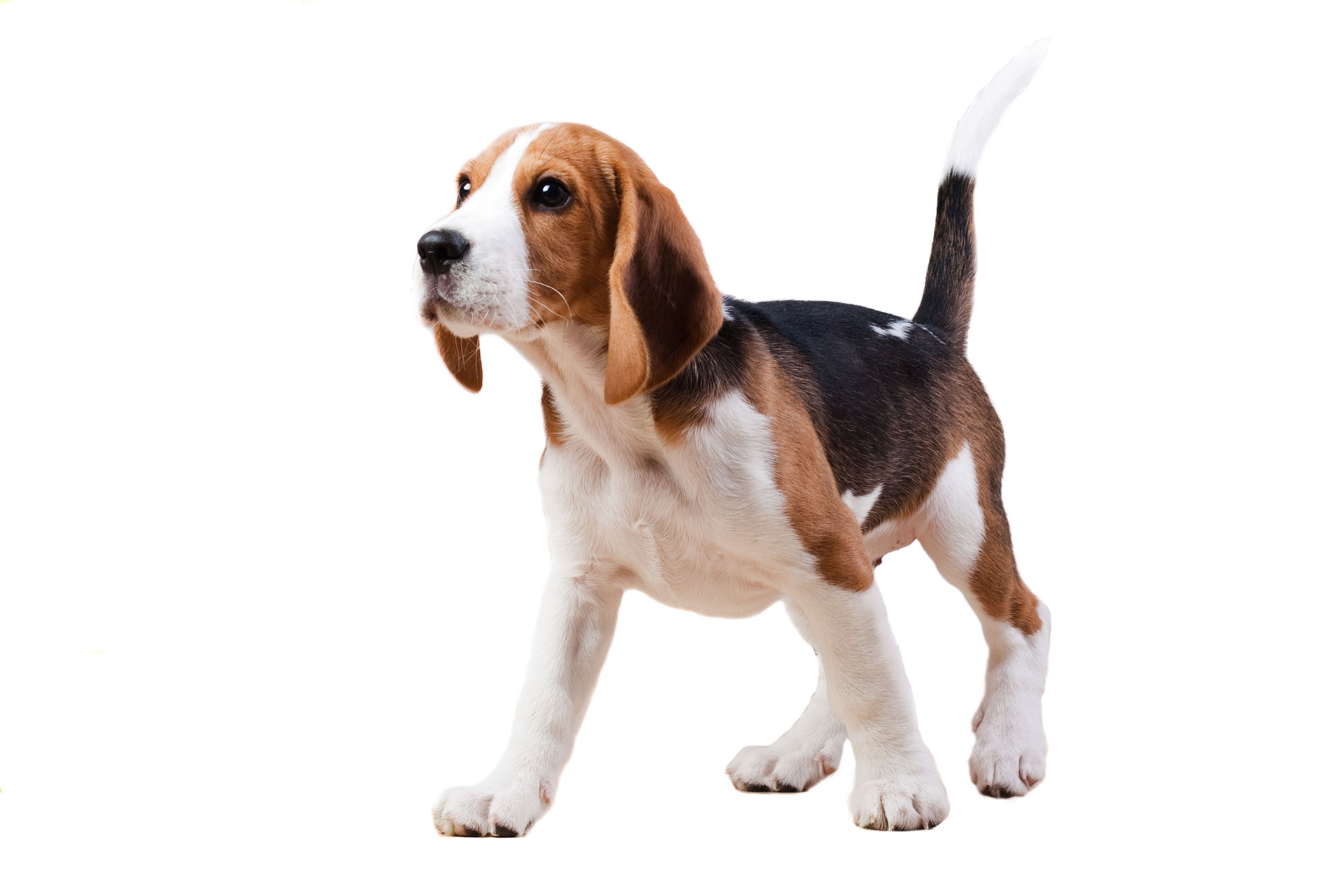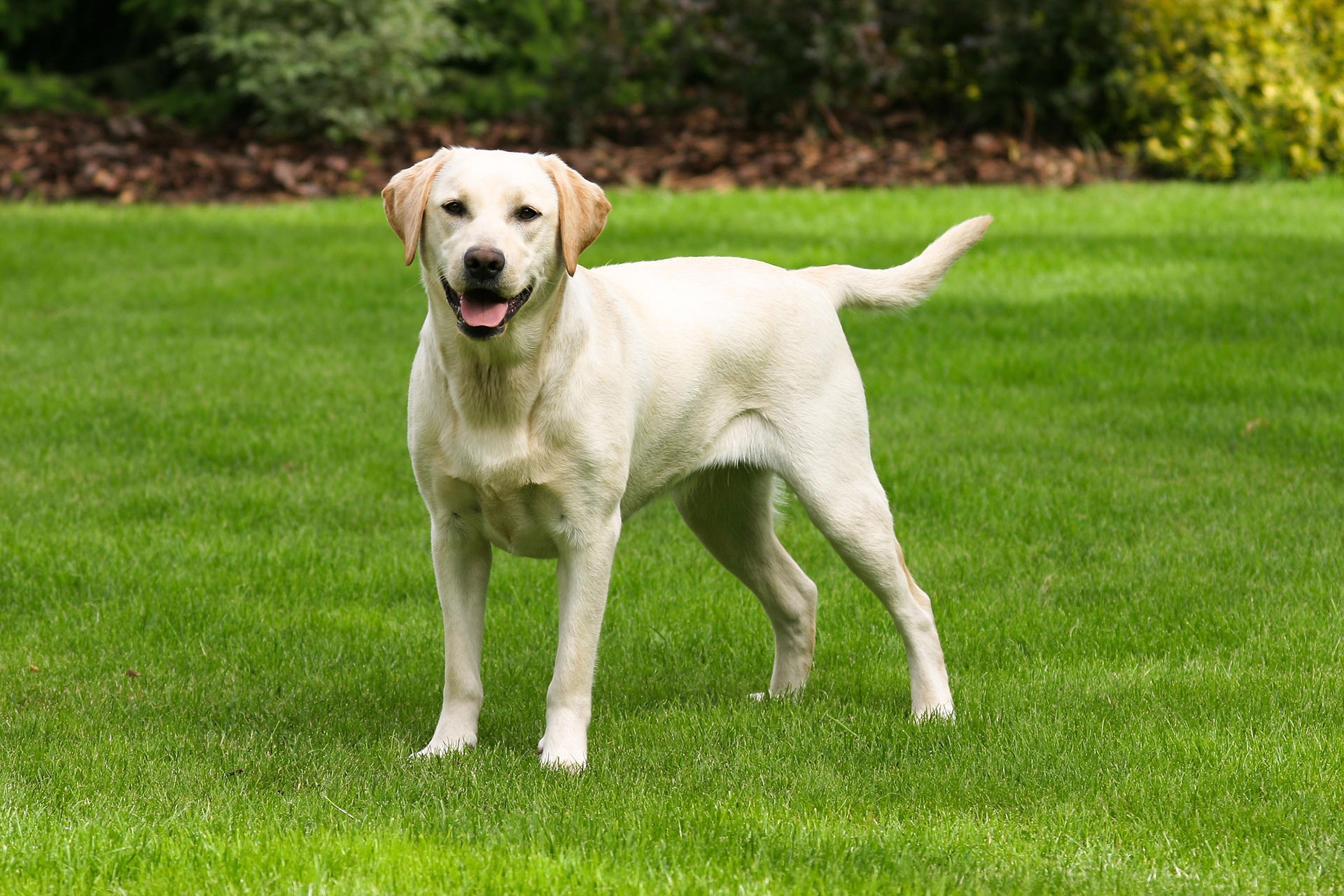All About British Dog Breeds
Many different types of English dog breeds are bred in the UK, each with a unique personality and set of talents. Knowing about these popular can help first time dog owners choose the perfect best friend and pet for their family or help them when looking to adopt a dog from a shelter.
These different breeds have a wide range of appearance and temperaments. They also come from a wide range of backgrounds and have a wide range of health problems. So be sure to research before choosing a dog to be prepared for anything!
1. English Cocker Spaniel
History:
According to legend, this breed arose in England in the early 1800s when game bird hunters started selectively breeding smaller Spaniels. The English Cocker Spaniel breeds was recognized as a separate breed by the Kennel Club in 1892. They are considered versatile gun dogs and are still used for hunting today. The English Cocker Spaniel is also a famous companion dog in homes worldwide.
Appearance:
Medium-sized dogs are prized for their hunting abilities and come in solids and particolored coats. They are a happy and loving breed that makes excellent family pets and require moderate exercise and plenty of mental stimulation.
Temperament:
They are considered excellent family dogs because of their gentle and loving nature. They also have high energy and enjoy playing outdoors, making them a perfect choice for those who love spending time outdoors.
Health Issues:
English Cocker Spaniels are prone to specific health issues, most notably the Primary Lens Luxation (PLL) condition. PLL is caused when the fibers of the lens within the eye loosen and detach from the retina. This can lead to blindness if not treated quickly. Other health concerns for English Cockers include hip dysplasia, pancreatitis, and ear infections. Responsible breeders will have their dog’s OFA clear of hip dysplasia before breeding them.
2. Welsh Corgi
History:
Welsh Corgis were initially bred in Wales as herding dogs. These English breed served as hunting dogs as well as a means of delivering sheep and other animals to marketplaces. The breed’s popularity began to increase in the late 1800s, and by the early 1900s, This old english sheepdog was shown in many dog shows. In 1926, the Welsh Corgi Club of America was founded, and the American Kennel Club officially recognized the breed in 1934. The Welsh Corgi dog breed has a lengthy and illustrious history that dates back to the 1200s. These canines were originally bred as working dogs, and Queen Elizabeth II started keeping them as pets, which increased their appeal. Today, Welsh Corgis remain a popular breed worldwide and are known for their playful personalities and loyal nature.
Appearance:
These types of dogs are among the world’s oldest dog breeds and have existed for many years. They are known for their small size, long, bushy tails and their short legs. They come in two different colors-red and sable. They are a popular breed of dog, and they are known for their loyalty and their loving nature.
Temperament:
The Welsh Corgi is a lively and enthusiastic dog that loves to be around people. It is intelligent and responds well to training, making him an ideal pet for active families. Corgis are also sturdy dogs that are suited for life in colder climates. These small dogs are outgoing and friendly but can also be willful and independent. In addition, they are intelligent dog breed and have a strong herding instinct.
Health Issues:
Some common health problems that Welsh Corgis are prone to include obesity, joint problems, and back problems. It is important to be informed of these possible health hazards and to take precautions in order to better protect your pet from getting any of these diseases.
3. Scottish Terrier
History:
The Scottish Terrier is believed to have originated in the highlands of Scotland. They were originally bred as hunting dogs and were used to track down and kill small prey such as foxes, rabbits, and rodents. The Scottish Terrier was also used as a guard dog on farms and estates. Over time, the breed became a popular companion animal and began to be bred for this purpose. The Scottish Terrier was first brought to the United States in the late 19th century and quickly became a popular breed. This border terrier were approved by the American Kennel Club in 1885 and have since become a well-liked option for families. The Scottish Terrier is still a popular family pet known for being loyal, friendly, and affectionate dogs.
Appearance:
The Scottish Terrier, or Scottie, is a small, compact, short-legged dog breed of medium size. Scottish Terrier is typically a bit taller than Yorkshire Terrier (One of the five terrier breeds that originated in Scotland) they are an independent, hardy breed with a stubborn attitude. The Scottish Terrier is a popular breed worldwide and is especially favored in the United Kingdom.
Temperament:
They are highly resilient tiny dogs who aren’t afraid to stick up for themselves, despite their little size. Scottish Terriers need daily exercise and plenty of mental stimulation to stay happy and healthy. They are intelligent dogs that can easily train if you use positive reinforcement methods. However, like all terriers, they can be stubborn and may dig or bark excessively if they are bored or not given enough attention.
Health Issues:
While Scottish Terriers are generally healthy dogs, a few health issues are more common in this breed than others. One of the most frequent issues with Scotties is allergies, which can be brought on by either food or environmental factors. Joint problems, such as hip dysplasia, are also relatively common in this breed. Bladder stones are another health issue that Scottish Terriers are prone to, and these can cause urinary tract infections and other problems if not treated promptly.
4. Irish Wolfhound
History:
The Irish Wolfhound is a relatively old breed, with records of their existence dating back to as early as the 5th century. Originally bred for hunting, these canines were frequently employed to dispatch big animals like wolves and deer. They were also employed as guard dogs and were reputed to be highly effective at keeping trespassers at bay. In recent history, the Irish Wolfhound has been used as a loyal companion dog and is now a popular choice for families looking for a gentle giant to add to their home. While the origins of the Irish Wolfhound are unknown, they were believed to be first bred in Ireland. Therefore, their name likely comes from their ability to hunt down wolves, a common pest in Ireland at the time. The Irish Wolfhound was officially recognized as a breed by the American Kennel Club in 1897.
Appearance:
The Irish Wolfhound is a massive breed of dog that can weigh up to 180 pounds and stand at about 32 inches tall. They are among the oldest canine breeds and were developed initially to hunt and kill wolves. Despite their size and history, they are considered gentle giants and make great family pets.
Temperament:
Despite their large size, they are considered one of the most friendly dog breeds, and they love spending time with their family. They are also very patient with children and other animals, making them a great choice for families. They need a lot of exercises, though, and a lot of room to go around because of their size.
Health Issues:
They are lovely pets, but they are also prone to a number of health issues. Among these health problems are cancer, bloat, and hip dysplasia. So if you’re considering getting an Irish Wolfhound, it’s important to be aware of these potential health concerns.
5. Bulldog
History:
The Bulldog is a British breed with a long and interesting history. These dogs are known for their calm and courageous nature, as well as their determination. Bulldogs are one of the most popular dog breeds in the United Kingdom and have been for many years. The history of the Bulldog can be traced back to the 1500s, when they were first used for bull baiting. This cruel sport involved tying a bull to a post and then setting dogs on it. The dogs would bite and hold onto the bull, trying to kill it. This sport was eventually outlawed in 1835, but the Bulldog had become a popular breed by then.
Appearance:
When it comes to the physical appearance of bulldogs, there is a lot of variation. This is because there are several different types of bulldogs, including English Bulldog, French Bulldog, and American Bulldog. Each type of bulldog has its own unique set of physical characteristics. However, there are some physical traits that are common to all types of bulldogs. For instance, all bulldogs have a short, compact body with muscular legs. They also have a wide head and a short snout. Another common physical trait of bulldogs is their signature ” folds.” These are the wrinkles that form on the dog’s face, and they’re one of the things that make bulldogs so unique.
Temperament:
Bulldog is well-known for being laid-back and making wonderful family pets. However, an old english bulldog can be stubborn and require consistent training.
Health Issues:
For a good reason—they’re adorable—bulldogs are one of the most well-liked dog breeds in the United States. But many people don’t realize bulldogs are also one of the most prone dog breeds to health problems. Bulldogs are susceptible to respiratory problems, skin allergies, hip dysplasia, and other health issues. So before you adopt a bulldog, make sure you are aware of the potential health problems and are prepared to handle them.
6. Greyhound
History:
The Greyhound is a British dog breed that dates back to Roman times. The breed gets its name from the color of its coat, which is typically grey or brindle. Greyhounds are known for their long and slender bodies, as well as their gentle natures and friendly personalities. These dogs were once used exclusively for hunting, but they are now also popular pets and racing dogs. The Greyhound is thought to be one of the oldest British dog breeds. Roman soldiers were known to have brought these dogs back from their travels to Great Britain, and they soon became popular among the British nobility. Greyhounds were once used exclusively for hunting, but they are now popular pets and racing dogs.
Appearance:
With a usual lifespan of 12 to 14 years, they weigh between 50 and 70 pounds. Males are usually taller than females because of its longer legs. They are available in various colors, including black, white, red, liver, blue, and brindle. Greyhounds have long, slender necks and heads. Their chest is deep, and their legs are powerful and muscular. In addition, they have a short, sleek coat that is easy to care for.
Temperament:
These dogs are often stereotyped as lazy and aloof, but that’s not always the case. Instead, greyhounds are excellent pets for people with plenty of time to dedicate to them because they can be fairly active when they want to be.
Health Issues:
Many people are not aware of the health problems that this breed is prone to, despite the fact that they are frequently thought of as lethargic and docile. These health issues include gastric torsion (bloat), cancer, blindness, and deafness. While most of these health issues can be mitigated with proper care and treatment, they are still something that potential owners should be aware of.
7. Dachshund
History:
The dachshund is a famous British dog breed. The Dachshund is a dog with a long body and short legs. The breed was developed to hunt badgers and other small animals in Germany. The Dachshund is a versatile breed that can be trained to hunt various animals. The Dachshund was first mentioned in Germany in the early 1600s. The breed was created to hunt foxes and other small animals like rabbits. The Dachshund has been used in hunting expeditions for centuries.
Appearance:
Dachshunds have a distinctive appearance. They have short legs, a large torso, and are low to the ground. Their coats are smooth and come in various colors, including black, chocolate, cream, tan, blue, and silver. They weigh 11-32 pounds and stand 8-9 inches tall at the shoulder.
Temperament:
They are an amiable and cheerful breed that loves to be around people. They are not suggested for people who work long hours because they struggle when left alone for extended periods.
Health Issues:
They are, unfortunately, one of the breeds most prone to various health problems. Some common issues that affect Dachshunds include intervertebral disc disease, spinal cord compression, obesity, and diabetes.
8. Beagle
History:
The Beagle has a long and illustrious history. The breed is thought to have originated in Greece, where hunters used them to track down prey. They were also popular in Rome and used for rabbit hunting. The Beagle achieved fame in various countries of Europe, particularly in northern England, where the aristocracy favored them. Queen Elizabeth, who is thought to have had several of the breeds, had a special affection for it. The Beagle’s popularity in England increased during the Victorian era when they were often used as hunting dogs by the upper class. They were also used as pack animals, carrying supplies for hunters on long expeditions. The Beagle’s reputation as a versatile and reliable hunting dog helped to ensure its place in British culture.
Appearance:
They have a sturdy and muscular body, expressive eyes, and a tail curating over their back. Beagles come in various colors, including tricolor (black, white, and tan), lemon and white, red and white, and all black. When it comes to the Beagle’s coat, there are two types – rough and smooth. The rough coat comprises stiffer hairs more suitable for hunting in colder climates, whereas the smooth coat is softer and better suited for warmer weather. Regardless of the type of coat, Beagles shed moderately throughout the year.
Temperament:
Beagles are relatively active and need daily exercise to stay healthy and happy. A good walk or run will suffice, but they also enjoy playing fetch and other games. Unfortunately, they’re not the best for apartment dwellers, as they can be pretty vocal when left alone for too long. A secure fence is a requirement if you intend to keep a beagle as a pet because they are also noted as escape artists.
Health Issues:
These health problems may include obesity, hip dysplasia, and ear infections. Owners must be aware of these potential health problems and take all reasonable precautions to prevent them.
9. Boxer
History:
With a rich and thrilling history dating back to the late 19th century, this powerful and athletic breed is among the most well-known worldwide. Boxers are known for their strength, agility, and devotion to their families and continue to be a favorite choice for many dog lovers today. The Boxer breed is thought to have originated in Germany, where they were originally bred as working dogs. They were used for various tasks, including hunting, guard duty, and cart pulling. The first recorded mention of the Boxer was in a German publication in 1871. The breed was later exported to other countries, including England and the United States.
Appearance:
Boxers are muscular dogs with a square build. They have powerful legs and a wide chest. The head is broad and square, and the muzzle is short. High on the head, the ears may be cropped (trimmed short) or permitted to grow naturally. Boxers have a black mask on their face that extends to their muzzle. The eyes are round and dark.
Temperament:
They are considered ideal family pets because they are gentle, playful, and protective. They are also brilliant dogs which makes them easy to train. However, Boxers can also be very headstrong and stubborn, so they require a firm hand during training. But with the right training and socialization, Boxers can be well-mannered dogs that are a joy to be around.
Health Issues:
Although they are renowned for their fun and vivacious personalities, they might experience some health problems. Some common health problems Boxers experience include hip dysplasia, bloat, and heart disease. Owners ought to be informed about these health problems and take precautions to avoid them.
10. Labrador Retriever
History:
The Labrador Retriever is a descendant of St. John’s Newfoundland, a large working dog used by anglers in Newfoundland and Labrador, Canada. These dogs were brought to England in the early 1800s, where they became popular with nobility and royalty. The Labrador Retriever became an official breed in 1903. For generations, labs have been utilized as working dogs. Initially developed to aid fisherman in hauling in nets and catching fish, they were eventually utilized for hunting and recovering game birds. Today, Labs are still popular working dogs, serving as assistance dogs, service dogs, therapy dogs, and search-and-rescue dogs.
Appearance:
The Labrador Retriever has a short, thick, weatherproof coat and is a powerfully developed canine. The nose is slightly short, the head is large and massive, and the teeth fit together in a scissors bite. The eyes are dark brown, and the ears are high on the head. The tail is thick and powerful and is usually carried with a slight curve. Labradors are considered medium to large dog, weighing anywhere from 55 to 80 pounds. They stand 21.5 to 24.5 inches tall at the shoulder. Females are typically smaller than males, but not by much.
Temperament:
This flat-coated retriever is known to be friendly, intelligent, and easy to train, making it the perfect pet for any family. Labs make excellent canine companion and have been employed in various roles, including therapy dogs, search and rescue dogs, and guide dogs.
Health Issues:
Dysplasia of the hip and elbow are two of the most prevalent conditions in labs. Dysplasia is a condition where the bones don’t fit together properly, leading to joint pain and arthritis. Eye problems are also common in Labs, especially as they get older. Some common eye problems include cataracts and retinal degeneration. Heart disease is another concern for Lab owners, as the breed is prone to developing heart conditions such as valve defects and arrhythmias. Finally, cancer is also a concern for Labs, as the breed has a higher than average incidence of developing various types of cancer.
Many dog breeds hail from the United Kingdom. Each breed has its own unique personality and set of characteristics that make it perfect for a certain type of owner or family. Therefore, if you’re considering getting a new dog, think about one of these British varieties!

